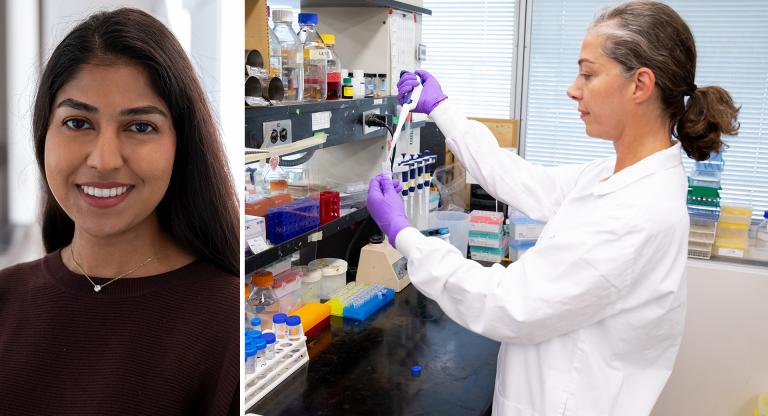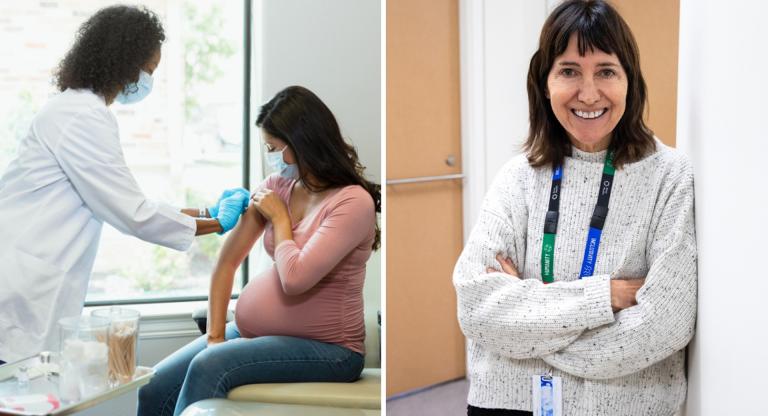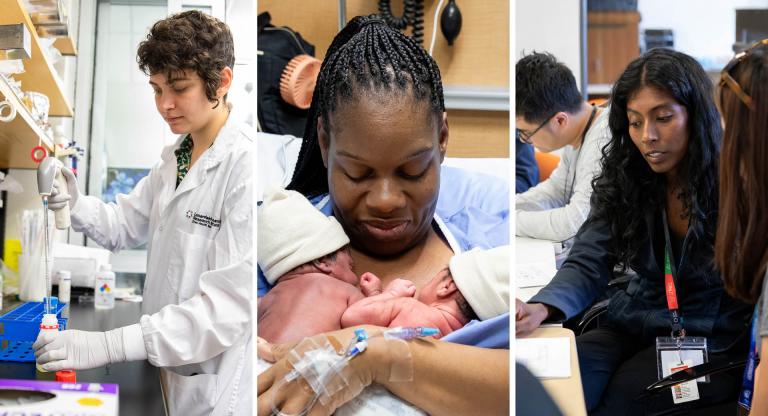A new theory for autism that may underpin up to a third of cases given support from a new mouse model
Over the past decade, there has been enormous progress in understanding the effect of genes on autism spectrum disorder (ASD).
Indeed, through DNA sequencing technologies, a substantive list of genes that are associated with the disorder has been constructed. However, the vast majority of these affect a very small number of people. This presents a challenge in developing possible therapeutics. That may be about to change via a new study in mice by two teams of Toronto researchers who have found that as many as a third of autism cases could be explained by low levels of a single protein in the brain.
Find another story:











